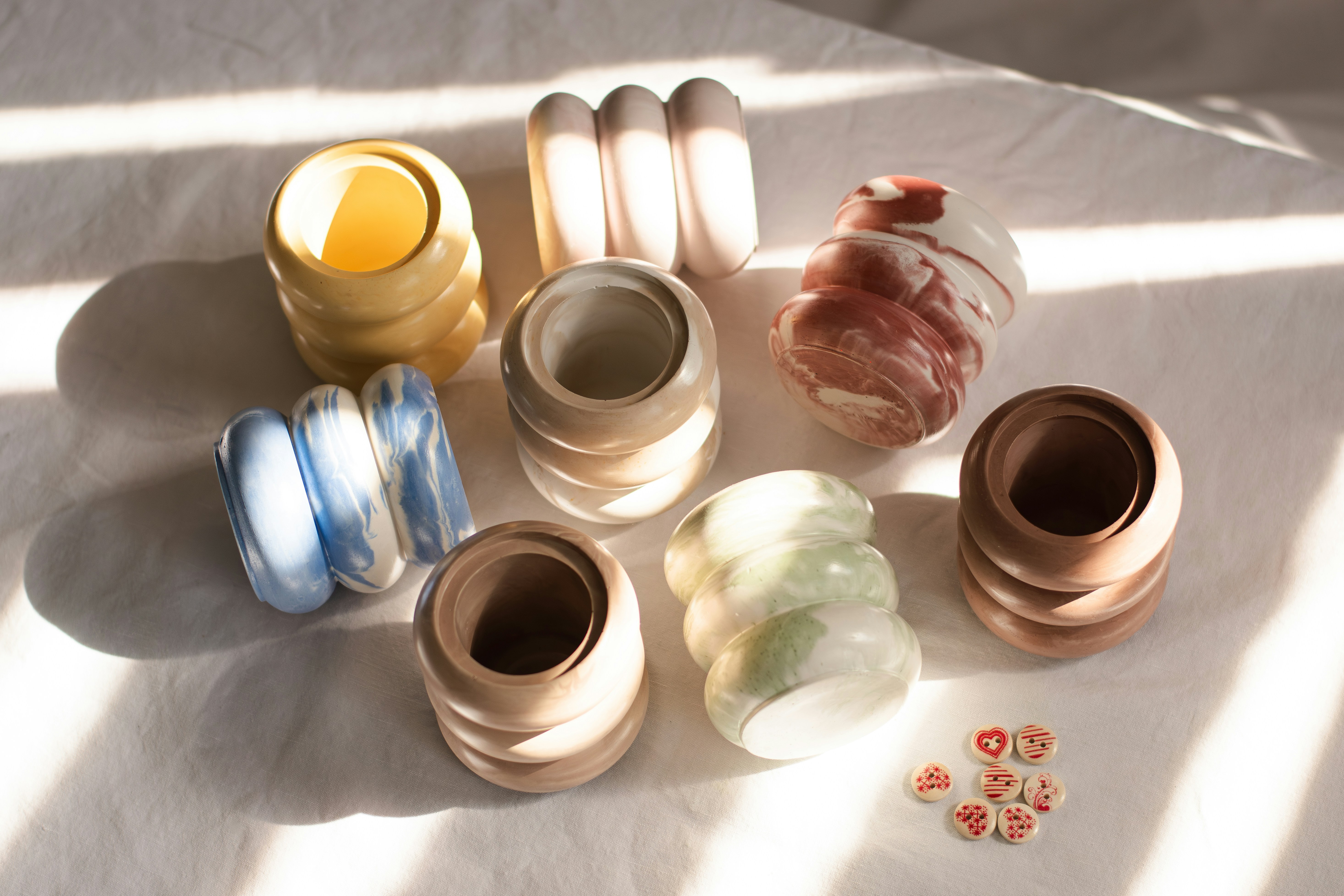Reviving Wabi-Sabi: The Art of Imperfect Beauty in Modern American Homes
The gentle whisper of authenticity is echoing through American homes, bringing with it a revolution in interior design. As the pendulum swings away from polished perfection, a centuries-old Japanese philosophy is finding new life in contemporary spaces. Wabi-sabi, the art of embracing imperfection and transience, is emerging as a powerful antidote to the sterile, mass-produced aesthetics that have long dominated Western interiors. This renaissance of raw beauty is not just a passing trend, but a profound shift in how we perceive and create our living environments.

The principles of wabi-sabi encourage us to find beauty in the cracks, the wear, and the patina that develop over time. It’s about creating spaces that feel lived-in, authentic, and connected to the natural world. In a wabi-sabi inspired home, you might find hand-thrown pottery with visible fingerprints, weathered wood furniture with knots and irregularities, or textiles with subtle variations in color and texture.
Wabi-Sabi in Modern American Spaces
The adoption of wabi-sabi principles in American homes is not about recreating traditional Japanese interiors. Instead, it’s about incorporating the philosophy’s core values into contemporary spaces. This fusion creates environments that are both timeless and distinctly modern.
One key aspect of this approach is the use of natural, untreated materials. Reclaimed wood, raw metals, and unglazed ceramics are becoming increasingly popular choices for everything from flooring to decorative objects. These materials age gracefully, developing character over time rather than deteriorating.
Color palettes in wabi-sabi inspired spaces tend to be muted and earthy, reflecting the hues found in nature. Soft greys, warm browns, and subtle greens create a calming backdrop that allows the textures and imperfections of objects to shine. This doesn’t mean these spaces are devoid of color – pops of rich, organic hues can be introduced through textiles or art pieces.
The Role of Craftsmanship
Central to the wabi-sabi aesthetic is an appreciation for craftsmanship and handmade objects. This revival is breathing new life into traditional American crafts, from pottery to woodworking. Artisans across the country are finding a renewed market for their work as homeowners seek out unique, imperfect pieces that carry the mark of their maker.
This shift is not just about aesthetics – it’s a reaction against the disposable nature of much modern furniture and decor. Wabi-sabi inspired interiors encourage us to choose quality over quantity, to invest in pieces that will age beautifully and last for generations. This approach aligns with growing concerns about sustainability and a desire to reduce waste in our homes.
Cultivating Mindfulness Through Design
Beyond its visual impact, the integration of wabi-sabi principles into American homes is fostering a more mindful approach to living spaces. By celebrating imperfection and impermanence, this philosophy encourages us to be present in our environments, to appreciate the subtle changes that occur over time, and to find beauty in the everyday.
This mindfulness extends to how we curate our spaces. Instead of filling rooms with objects for the sake of decoration, wabi-sabi inspired interiors tend to be more sparse, with each item carefully chosen for its beauty, function, or emotional significance. This approach creates spaces that feel both peaceful and deeply personal.
Balancing Old and New
One of the challenges in adopting wabi-sabi principles in modern American homes is finding the right balance between old and new. While the philosophy celebrates age and wear, it’s important that spaces don’t feel dated or neglected. Successful wabi-sabi inspired interiors often combine weathered elements with clean, contemporary lines.
For example, a sleek, modern sofa might be paired with a reclaimed wood coffee table, or a minimalist kitchen could feature open shelving displaying a collection of handmade ceramics. This juxtaposition creates a dynamic tension that keeps spaces feeling fresh and intentional rather than simply worn out.
The Future of Wabi-Sabi in American Design
As we move forward, the influence of wabi-sabi on American interior design is likely to grow and evolve. This shift represents more than just an aesthetic trend – it’s a reflection of changing values and a desire for more authentic, sustainable living environments.
Designers and homeowners are finding creative ways to incorporate wabi-sabi principles into a variety of architectural styles, from urban lofts to suburban homes. This versatility suggests that wabi-sabi is not a fleeting trend, but a lasting influence that will continue to shape how we think about and create our living spaces.
In embracing wabi-sabi, American homes are becoming more than just showcases of perfection. They are evolving into thoughtful, lived-in spaces that celebrate the beauty of imperfection and the passage of time. As we continue to navigate an increasingly digital and fast-paced world, the timeless wisdom of wabi-sabi offers a much-needed reminder to slow down, appreciate the present moment, and find beauty in the flaws that make our homes uniquely ours.





